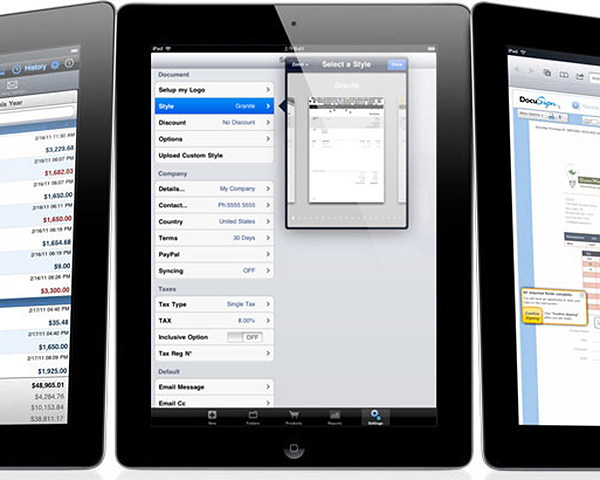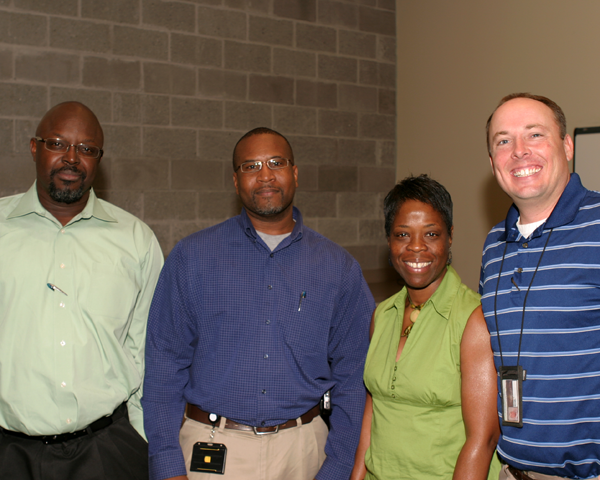
Field Services plans to go paperless for technician dispatch after completing a four-month iPad pilot that shows field service work can be done more efficiently by utilizing a field tablet. We will speed up process for the team as well as improve turnaround times for the customer base.
Field Services has instituted several internal functional changes over the past months in order to pave the way for this process change, the first of which changed the entire team’s functional dynamic as a whole. The administration/closure process of each individual work order was once owned at the tech level, meaning that each technician was responsible for the closure of every work order that he performed.
The entire work order closure process has now been shifted to one individual as opposed to each individual. What this has meant for my team as a whole is more time in the field servicing our customers through the work order process as opposed to being tied to the desk closing orders. While we have grounded one technician to the closure process, the rest of the team is now free to do what they do best, serve Emory University and our customer base quicker and more efficiently than ever. We are planning on having the field tablet process in full swing by midsummer.
No more printing, no more filing, no more passing of hard copies, everything will derive and live in the database through to closure. We are excited about the new changes in process and look forward to better serving our customers through quicker response times as well as faster turnaround times in the work order process flow.
During the pilot, Steve Tatum (Enterprise Services) received and transmitted all of his work orders via an iPad. In the past, these work orders were printed each day, delivered to physical in-boxes, and processed by hand at the end of the day by each field technician. Technicians in the field had to return to the office to get more work orders to process as well as close the orders that were completed.

Lamar Kelly (Enterprise Services) is ordering iPads for the team, which expects to save time printing, entering and filing work orders. This new process will free the technicians to do less paperwork and more field work, as well as allow them to stay in the field for the full day, rather than returning to the office to receive new orders. Now the new orders can be transmitted electronically.
Stephanie McNease (Enterprise Services) handles the work orders on the back-end, receiving them as PDFs from the field technicians. According to Stephanie, the iPads offer a big improvement over the old hand-written work order process, in terms of greater data-entry accuracy and better legibility. By being the focal point for the work orders, there is now more consistency because she has established a data-entry standard.

Leave a Reply